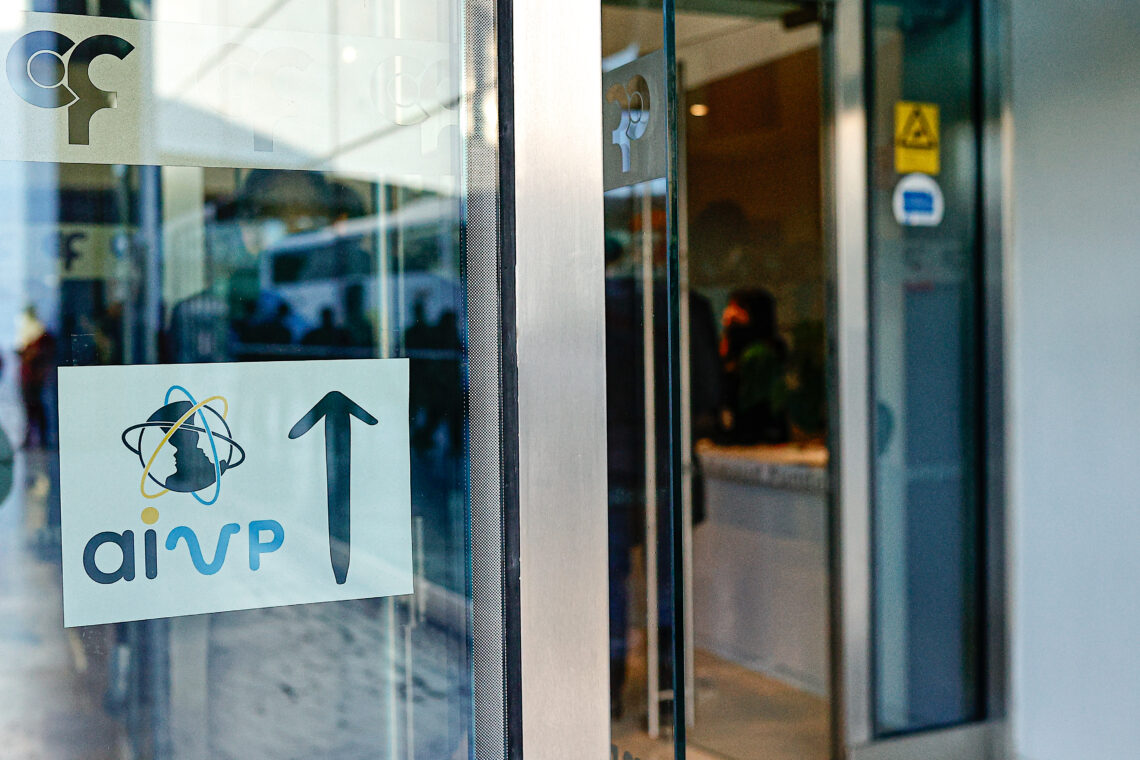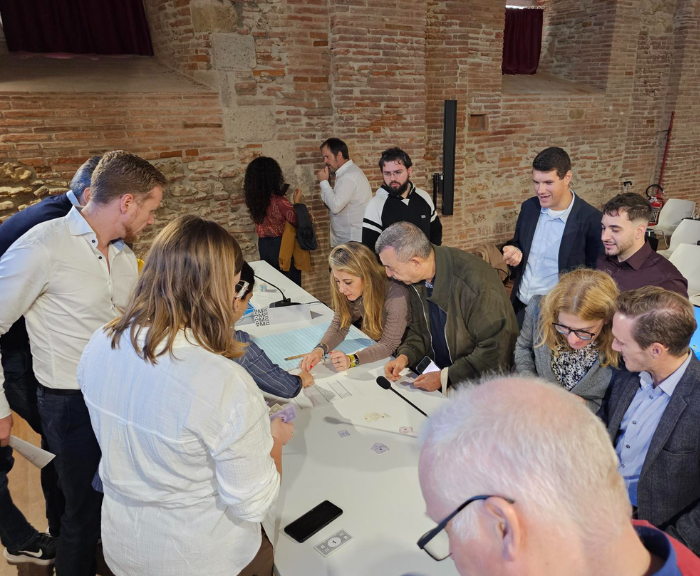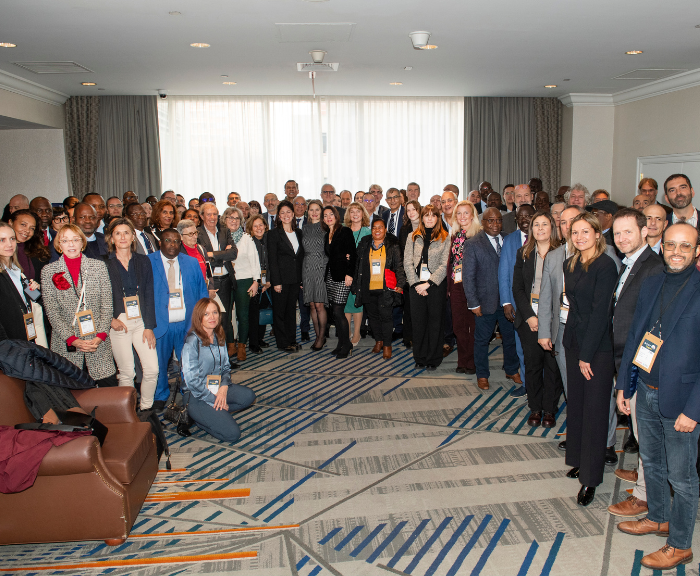We are pleased to announce that five new members have decided to join our network in 2025. We would like to welcome them!
Port of Cotonou (Benin)
The Port of Cotonou is the economic heart of Benin and the natural port for neighboring countries such as Burkina Faso and Niger that are “deprived” of a coastline. In recent years, the port has embarked on an ambitious program of works aimed at modernizing port infrastructure and improving services to users. The city-port relationship has been identified as a strategic lever for development and a key factor for success.
City of Cotonou (Benin)
Located on the Abidjan-Lagos corridor, between Lake Nokoué and the Atlantic Ocean, Cotonou is the economic capital of Benin. With a dynamic population and a strategic port, it plays a key role in regional trade.
A modern city undergoing rapid transformation, Cotonou is actively committed to sustainable development and urban innovation, fully integrating port and maritime issues. Its membership of the AIVP, alongside the Port of Cotonou, illustrates a shared desire to strengthen city-port dialogue and promote essential synergies for development and the community.
Port of Namur (Belgium)
Located at the confluence of the Sambre and Meuse rivers, at the crossroads of the European waterway network linking France, Germany, and the Netherlands, the Port of Namur is responsible for promoting and developing, 160 hectares of land along the waterways available to companies. The port is strongly committed to enhancing the value of the waterway and balancing uses between logistics activities linked to the transport of goods and recreational and tourist uses.
The Port Authority of Almeria (Spain)
The Port Authority of Almeria (Spain) manages two ports of general interest: the Port of Almeria and the Port of Carboneras, both located on the Mediterranean Sea in Andalusia, southeast Spain. As the gateway to Europe from Africa, the Port of Almeria handles 1 million passengers a year. In this port, the port authority aims to develop 6 hectares of public space, that will contribute to the valorization of the city-port interface, following on from the renovation work on the “Cable Inglés”, the former loading dock for minerals, now the city’s emblematic pedestrian promenade.
New York City Economic Development Company
New York City Economic Development Company (United States), is New York City’s economic development agency. NYCEDC is leading an ambitious project to transform New York’s city-port interface, combining innovation projects, waterfront enhancement, sustainable mobility for goods and people, and last-mile logistics.
Port of Tarragona (Spain)
The port of Tarragona, Spain, is one of the most important ports on the Mediterranean coast. Much of its activity is related to liquid and solid bulk traffic and vehicle transport. The port is also developing successfully in the cruise sector thanks to the “Tarragona Cruise Port Costa Daurada” initiative. Infrastructure improvements, including new terminals and a 2015–2035 master plan, support its logistics ambitions. In addition, the port promotes cultural engagement through the Moll de Costa, a space where tradition blends with modernity and dynamism, offering a unique attraction for the region. The port of Tarragona also stands out for its implementation of a sustainable development plan for 2030 based on the UN SDGs.
Port of Los Angeles (United States)
The Port of Los Angeles is one of the world’s busiest seaports and the main gateway for international trade in North America. It has been ranked the top container port in the United States since 2000. The port comprises 7,500 acres (3,035 hectares) of land and water with 43 miles (69 km) of waterfront. The port operates cargo and passenger terminals while providing waterfront access to the community through the LA Waterfront, which encompasses the communities of Wilmington and San Pedro.





